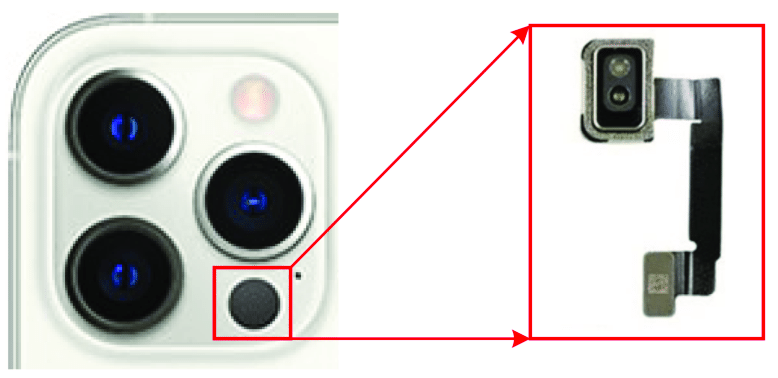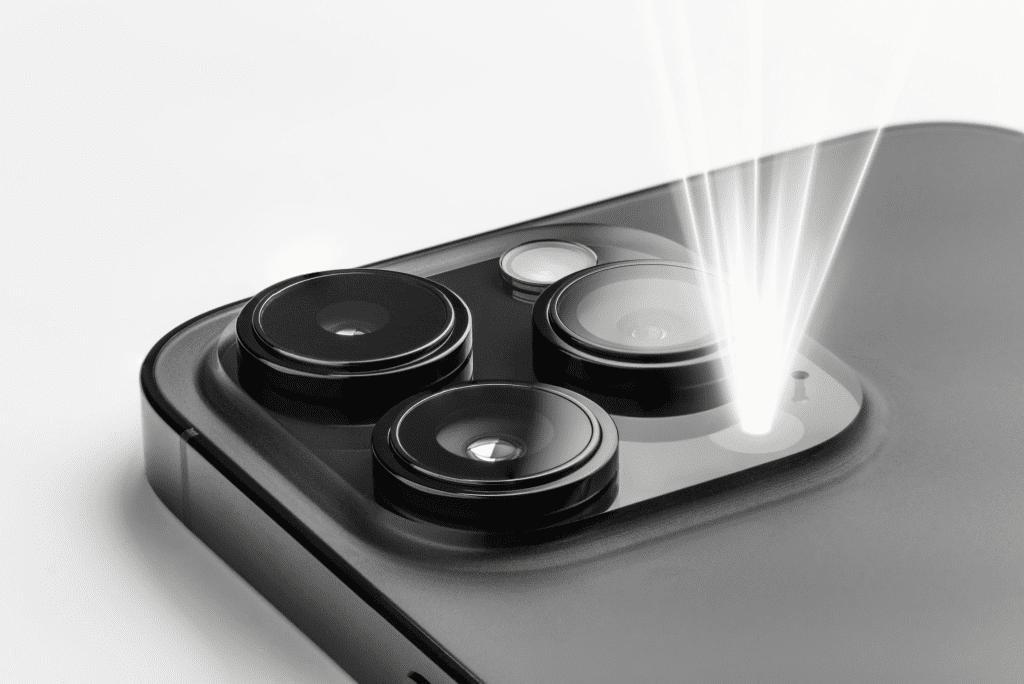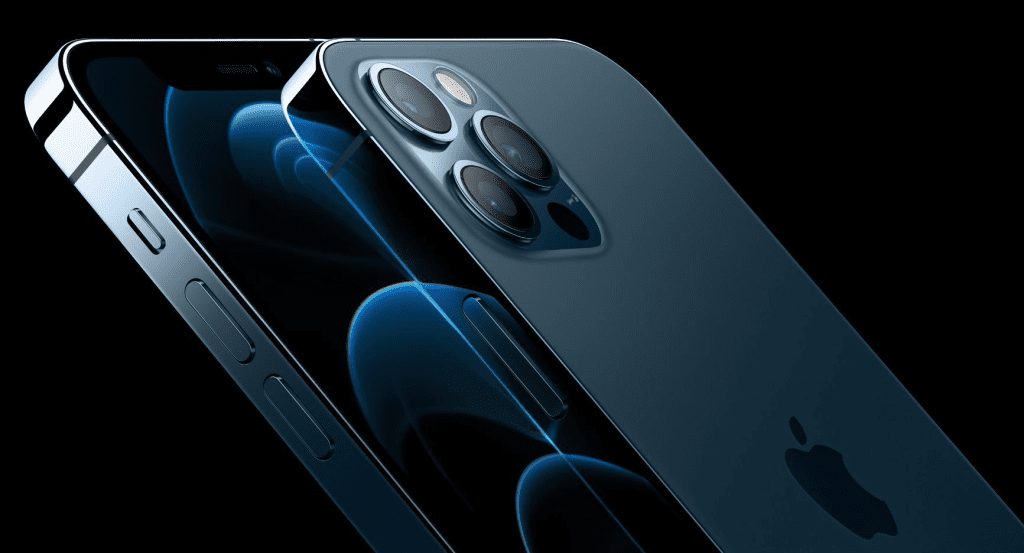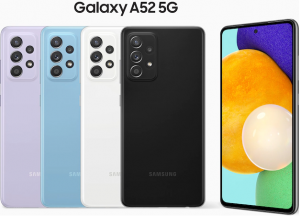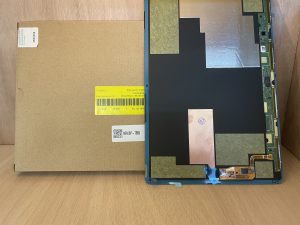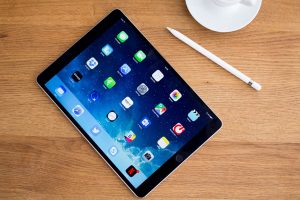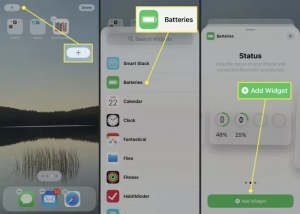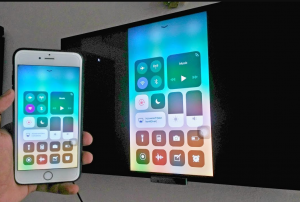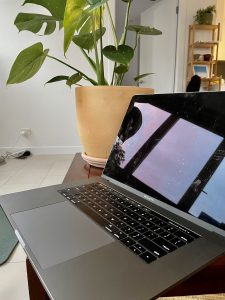The iPhone 13 Pro has a powerful LiDAR (Light Detection and Ranging) sensor. It is a cutting-edge technology that has revolutionized how we interact with smartphones. iPhone 13 pro LiDAR sensor is a remote sensing method that uses light to measure distances, creating detailed 3D maps of the surrounding environment. This innovative sensor has opened up a world of possibilities, transforming how we experience augmented reality (AR), capture stunning low-light photos, and navigate our daily lives.
Are you tired of struggling with poor depth perception in your AR experiences and frustrated by the limitations of your smartphone’s camera in low-light conditions? The iPhone 13 Pro’s LiDAR sensor is the solution you’ve been searching for. It offers a wide range of impressive features and capabilities. It can accurately measure distances up to 5 meters, enabling precise depth mapping and enhanced AR experiences. This sensor provides improved autofocus and low-light performance for stunning photography. This detailed article will discuss iPhone 13 Pro LiDAR Sensor applications, features, and much more. Let’s get started!
Applications and Use Cases of the iPhone 13 Pro LiDAR Sensor
The iPhone 13 Pro’s LiDAR sensor is a versatile technology that unlocks many applications and use cases. Let’s explore how this innovative feature can enhance your daily experiences.
Augmented Reality (AR) and Gaming
Augmented reality (AR) and gaming have merged to create immersive user experiences. In AR gaming, virtual elements are overlaid onto the real world, enhancing the gaming environment. Games like Pokémon GO utilize AR to bring Pokémon into the real world, where players can catch and train them. These experiences engage players by blending virtual and real-world elements seamlessly. Players can explore their surroundings while interacting with virtual characters and objects. This enhances gameplay by adding depth and interactivity.
Improved Photography and Videography
The iPhone 13 Pro’s LiDAR sensor enhances photography and videography by improving depth perception and autofocus. With LiDAR, the camera can accurately measure distances to objects, resulting in sharper images and better low-light performance. It enables faster autofocus, allowing users to capture moments with precision and clarity. This feature is particularly useful for capturing fast-moving subjects or in low-light conditions. The result is stunning photos and videos that rival professional-grade cameras.
Enhanced Accessibility Features
Accessibility features on the iPhone 13 Pro empower users with disabilities to use their devices more easily. These features include text-to-speech, voice commands, magnification, and assistive touch. For individuals with visual impairments, text-to-speech technology reads aloud text on the screen, enabling them to access written content. Voice commands allow users to control their device hands-free, enhancing mobility and independence.
3D Scanning and Modeling
The iPhone 13 Pro’s LiDAR sensor facilitates 3D scanning and modeling applications. It allows users to create detailed digital replicas of real-world objects and environments. This technology finds applications in various industries, including architecture, engineering, and entertainment.
Architects and designers use 3D scanning to capture accurate measurements of buildings and landscapes, streamlining the design process. Engineers utilize 3D modeling to prototype and visualize complex structures before construction begins.
Technical Specifications of the iPhone 13 Pro LiDAR Sensor
- The iPhone 13 Pro’s LiDAR sensor is a marvel of modern technology.
- It’s designed to make your iPhone more capable than ever.
- The sensor uses invisible infrared light. It measures how long light takes to bounce back from objects. This tech allows for the creation of detailed 3D maps of spaces. It can measure up to 5 meters, which is impressive for a phone.
- The sensor’s integration with the A15 Bionic chip makes it super efficient. It works in all lighting conditions, even in complete darkness. This makes your iPhone incredibly versatile, no matter where you are.
Comparison with Previous iPhone Models
Compared to older iPhones, the 13 Pro’s LiDAR sensor is a big leap forward. Previous models didn’t have this kind of depth-sensing tech. They relied on autofocus, which could have been more precise. With LiDAR, the iPhone 13 Pro can do so much more. It’s not just about taking pictures. It’s about interacting with the world in a whole new way. This sensor sets the iPhone 13 Pro apart from its predecessors. It’s a peek into the future of smartphones.
Research and Development
Research and development (R&D) drives innovation and technological advancements. Let’s explore how R&D has contributed to the evolution of LiDAR technology in the iPhone 13 Pro, its characterization, analysis, and future potential and enhancements.
Studies on LiDAR Technology in iPhone 13 Pro
Numerous studies have focused on exploring the capabilities and applications of LiDAR technology in the iPhone 13 Pro. Researchers have investigated its potential for low-cost 3D documentation of indoor environments. The findings suggest that the iPhone 13 Pro’s LiDAR sensor is a viable alternative for capturing detailed spatial information, enabling efficient data collection for various purposes.
Characterization and Analysis of LiDAR Sensor
Researchers have attempted to characterize and analyze the LiDAR sensor integrated into the iPhone 13 Pro. These studies aim to understand its technical specifications and performance metrics. Characterization studies have focused on measuring full-field vibrations to support modal analysis. Researchers have evaluated the sensor’s accuracy and sensitivity in detecting minute vibrations by employing vibrating targets.
Analysis of the LiDAR sensor’s capabilities has provided insights into its depth sensing, spatial mapping, and object detection functionalities. These analyses contribute to optimizing sensor parameters and improving its overall performance in real-world scenarios.
Future Potential and Enhancements
The future potential of LiDAR technology in the iPhone 13 Pro holds promising opportunities for further enhancements. Researchers and developers are exploring leveraging LiDAR for advanced applications such as augmented reality, autonomous navigation, and environmental monitoring. Improvements in sensor integration, data processing algorithms, and software optimization are anticipated to unlock new possibilities and elevate user experiences.
Moreover, ongoing R&D efforts focus on enhancing LiDAR’s accuracy, range, and robustness, making it more versatile and adaptable to diverse environments and scenarios. Collaborative initiatives between academia, industry, and government agencies drive innovation and pave the way for the next generation of LiDAR-enabled technologies.
User Experience and Feedback
Users have expressed positive impressions of the LiDAR sensor in the iPhone 13 Pro, highlighting its role in enhancing photography, augmented reality (AR) experiences, and overall device performance.
- Many users appreciate autofocus’s improved accuracy and speed in low-light conditions, resulting in sharper and clearer images.
- Users also admire the LiDAR sensor’s ability to measure distances accurately and enable advanced AR applications, such as precise object placement and realistic virtual environments.
- Some users find the LiDAR sensor beneficial for tasks like 3D scanning and modeling, allowing for quick and accurate measurements of physical objects.
Challenges and Limitations
Despite its benefits, the LiDAR sensor in the iPhone 13 Pro faces certain challenges and limitations.
Challenges
- Environmental Factors: Bright sunlight and reflective surfaces can affect LiDAR accuracy.
- Complex Manufacturing: Integrating LiDAR increases device complexity and production costs.
- Limited Third-party Support: Not all apps utilize LiDAR features fully, reducing its overall utility.
Limitations
- Outdoor Performance: LiDAR’s effectiveness may decrease in outdoor environments due to factors like sunlight.
- Cost Implications: Incorporating LiDAR technology may lead to higher device prices and limited accessibility.
- App Dependence: LiDAR functionality heavily relies on compatible apps, restricting its standalone usability.
- Data Reliability: Certain situations may result in unreliable data collection, impacting performance.
Conclusion
The iPhone 13 Pro’s LiDAR sensor enhances photography, AR experiences, and 3D scanning capabilities. With precise depth sensing, it unlocks new creative possibilities for users. The sensor’s accuracy and speed redefine smartphone capabilities, providing users with immersive experiences. From measuring distances to creating detailed 3D models, it empowers users like never before. Its integration into the iPhone 13 Pro represents a significant advancement in consumer technology.
As technology evolves, the LiDAR sensor continues to push boundaries, paving the way for future innovations. Whether capturing moments or exploring augmented reality, the iPhone 13 Pro’s LiDAR sensor revolutionizes how we interact with our devices.
